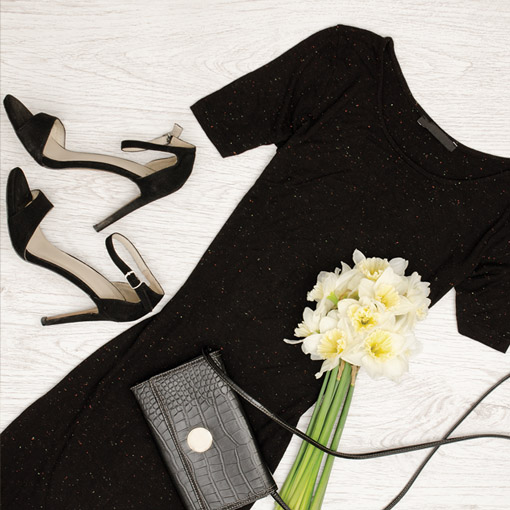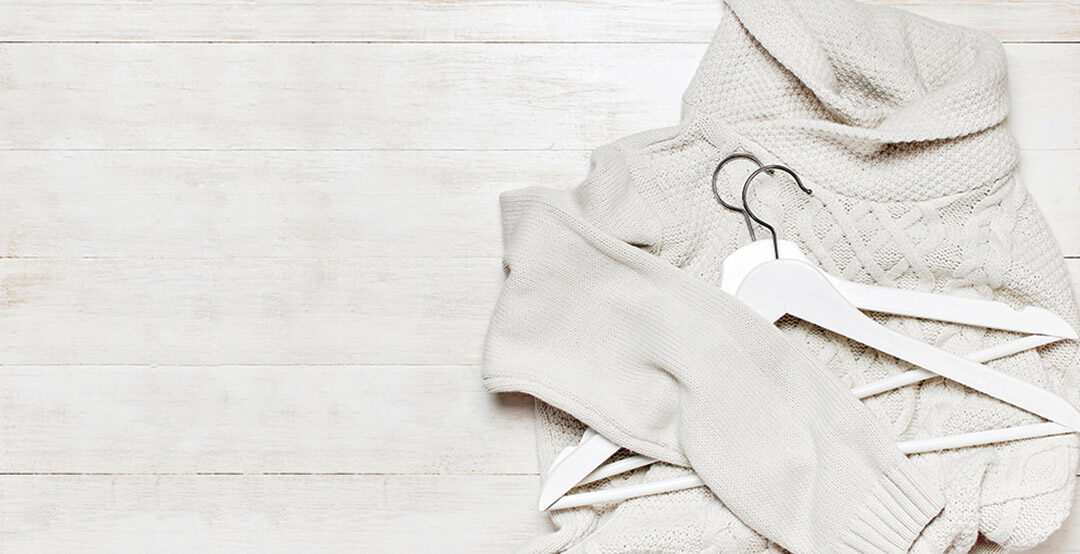
Sofia Style–The LBD
By JeanAnn Taylor
Do you know anyone who doesn’t have one hanging in their closet? The “Little Black Dress” may be the most iconic garment in fashion history. The versatility and adaptability of the dress has made it a timeless and indispensable element of fashion. While the fabric and silhouette impacts the spirit of the dress, its power lies in the color.
The influence of black is unmistakable. Take any colorful dress you own, dye it black, and it will send a completely different message. Black can conjure up a plethora of reactions including elegance, danger, and sophistication.
The little black dress offers the opportunity to define oneself. This is primarily due to the wide range of appropriate fabrics, silhouettes, and added—or avoided—embellishments of flounces, ruffles, and other fancy trims. This dress has been re-invented countless times, yet remains as stylish as ever. This essential LBD works for all women regardless of age, size, or lifestyle.
The LBD can be worn during the day, night, and every time in between. It is appropriate for cocktail parties and picnics, for frolicking and funerals, for a business meeting or a tryst. This dress can be as simple as a silk sheath, or as elaborate as a full-skirted ballgown. It can be accessorized with classic pearls or trendy costume jewelry. Every color in the rainbow can be worn with black. Pastels, brights, and jewel-tones all play nicely with the dark color. The LBD can be worn as a monochromatic ensemble or as a canvas to highlight brightly colored accessories. A LBD worn with only one pop of color, as in a pair of hot pink high-heels or a pumpkin orange fedora, sends a statement of chic confidence. Of course, wearing orange with black will also say, “Happy Halloween!”
While Coco Chanel is credited with creating the little black dress, she was actually not the inventor. Wearing black garments to make a statement dates back to centuries ago. Coco is however, responsible for designing dresses for all women—not just the elite. They were also original in her use of jersey fabrics which were at the time reserved for men’s underwear—not ladies’ dresses. Her designs were simple, appropriate for ready-to-wear, and more easily mass-produced, making the LBD the timeless, fashion sensation it has become.
All colors affect our mood, but a color that can express both grief and sexiness at the same time, definitely has power. Maybe that’s because black is actually not a color at all. Black is technically the absence of color—which adds to the mystery and magic of the LBD.
Style expert JeanAnn Taylor can be reached at [email protected]

